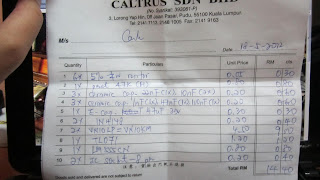We build a model of a certain area in the house to show the situation where the Sound Trigger can be used, and where is the suitable place to put the Sound Trigger. The types of environment scenario which we were study is in closed area such as in our home. We make three compartment of house which is kitchen, stairs and and front of house.
The one minute will allows time for
someone to negotiate the stairs or make their way along the corridor, or
perhaps to find the switch of the usual lighting and turn it on. A lamp and buzzer that
comes on whenever a noise is heard in the vicinity is also an intruder
deterrent.


















































